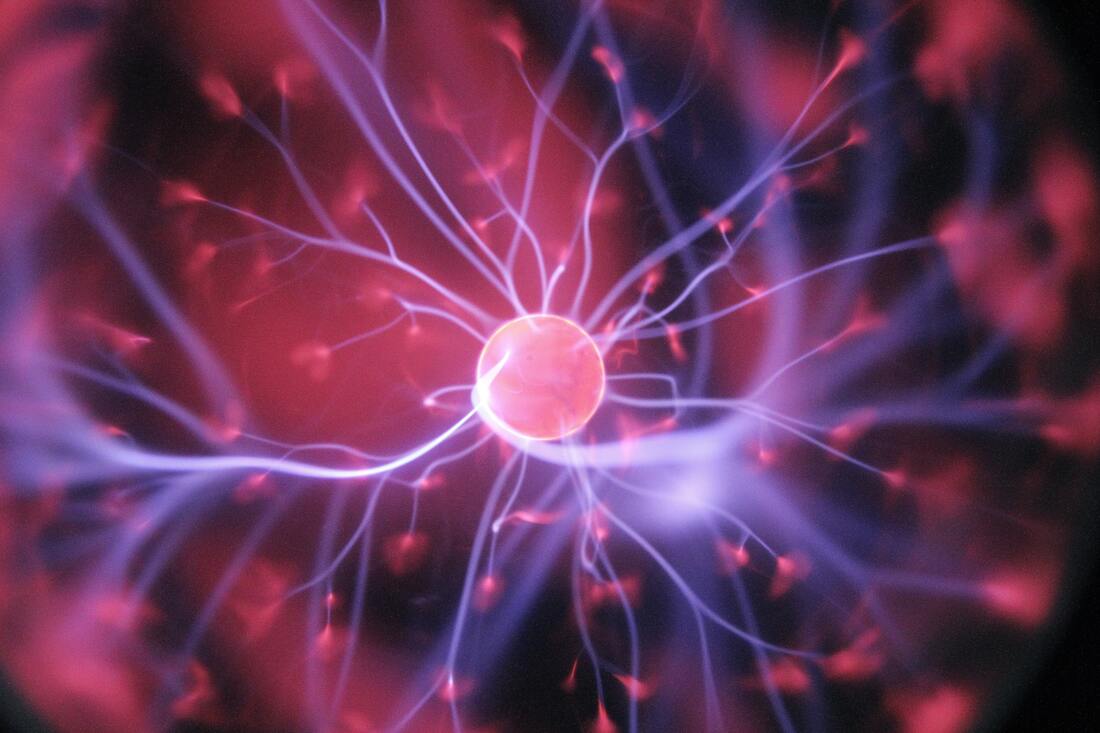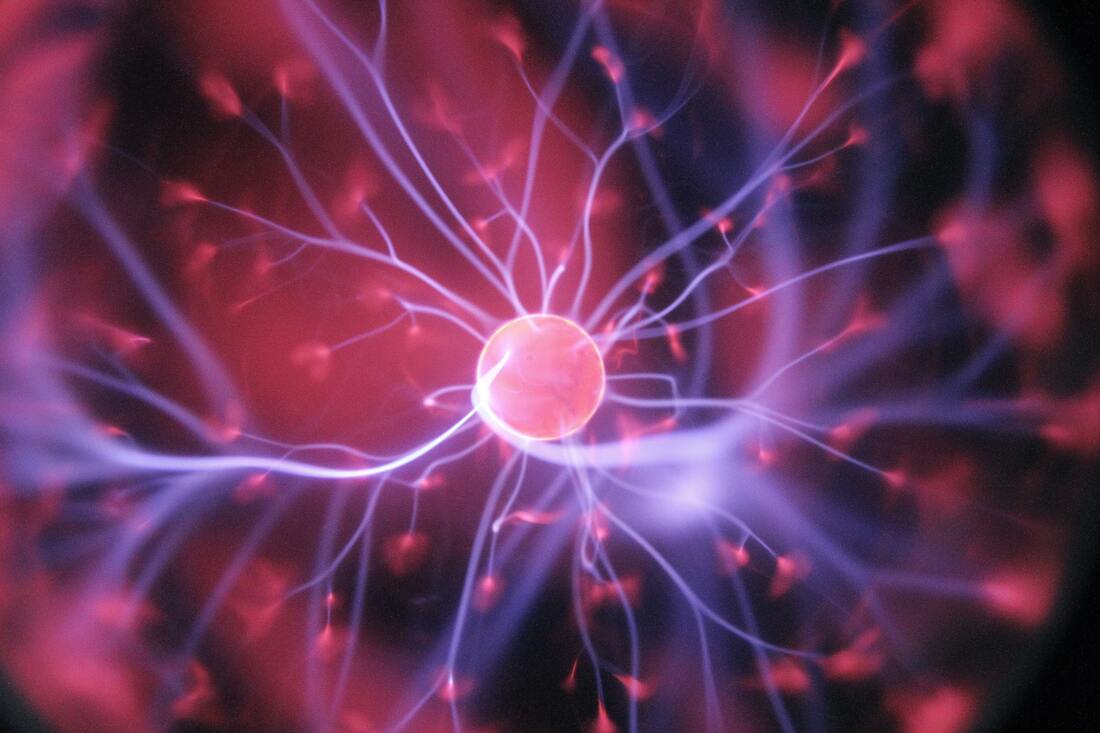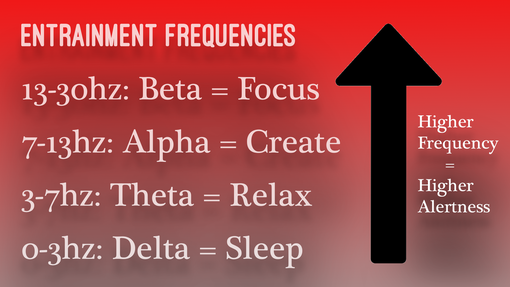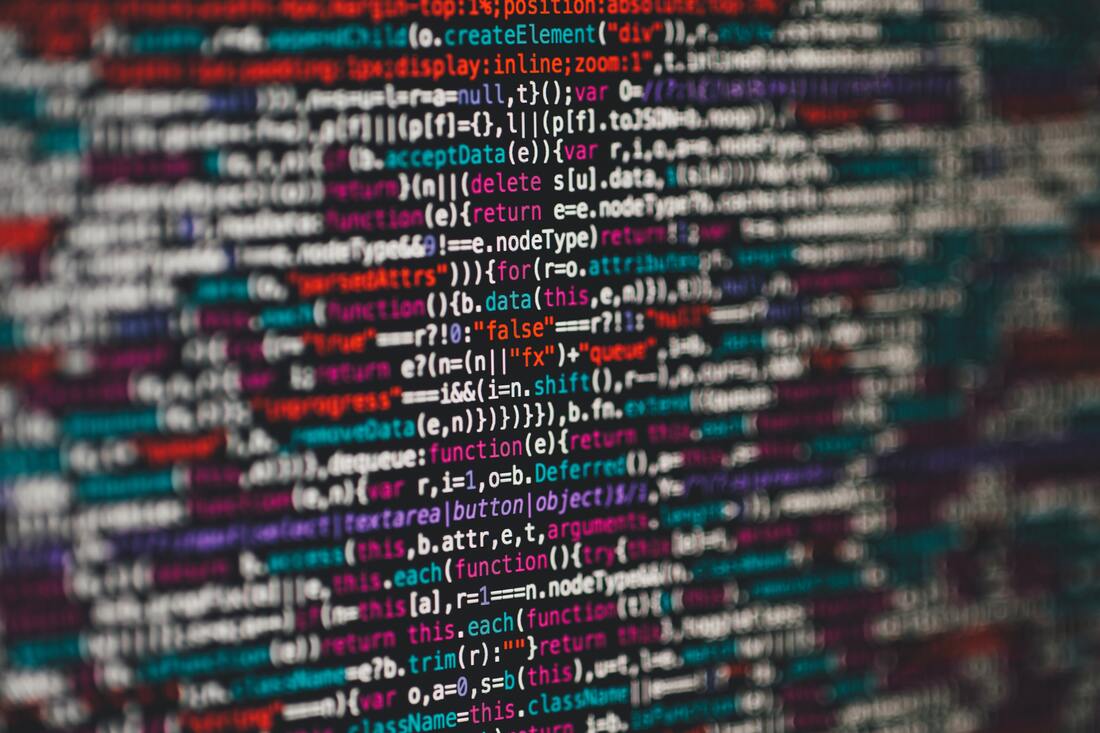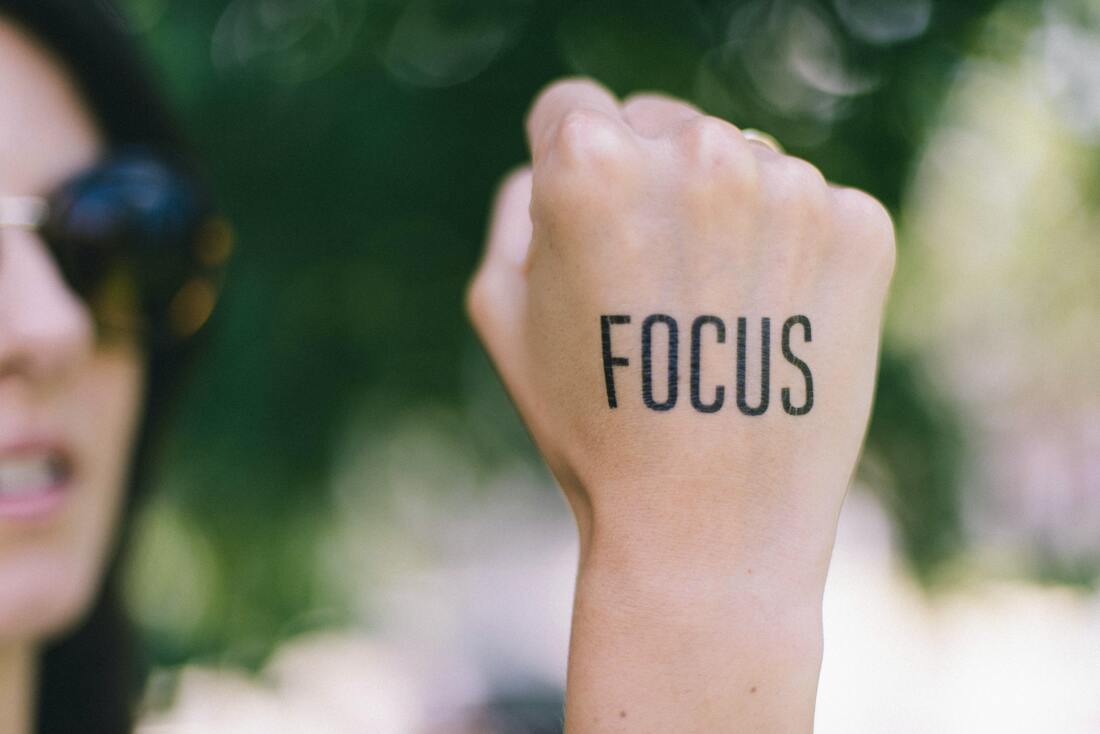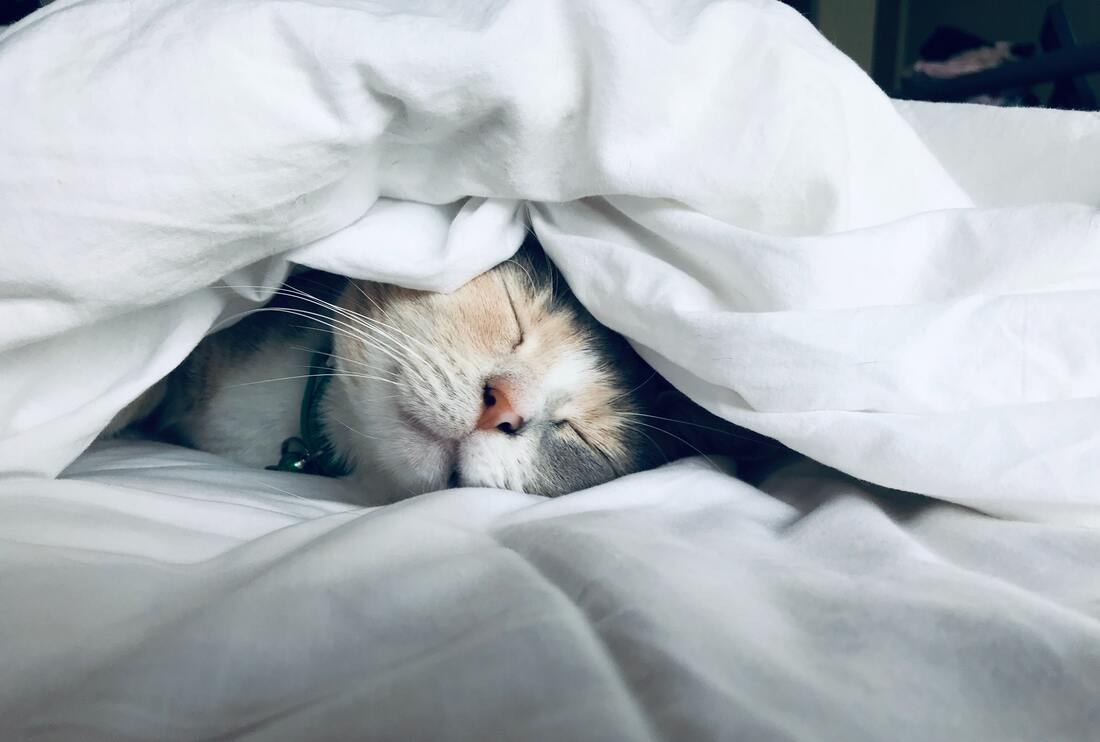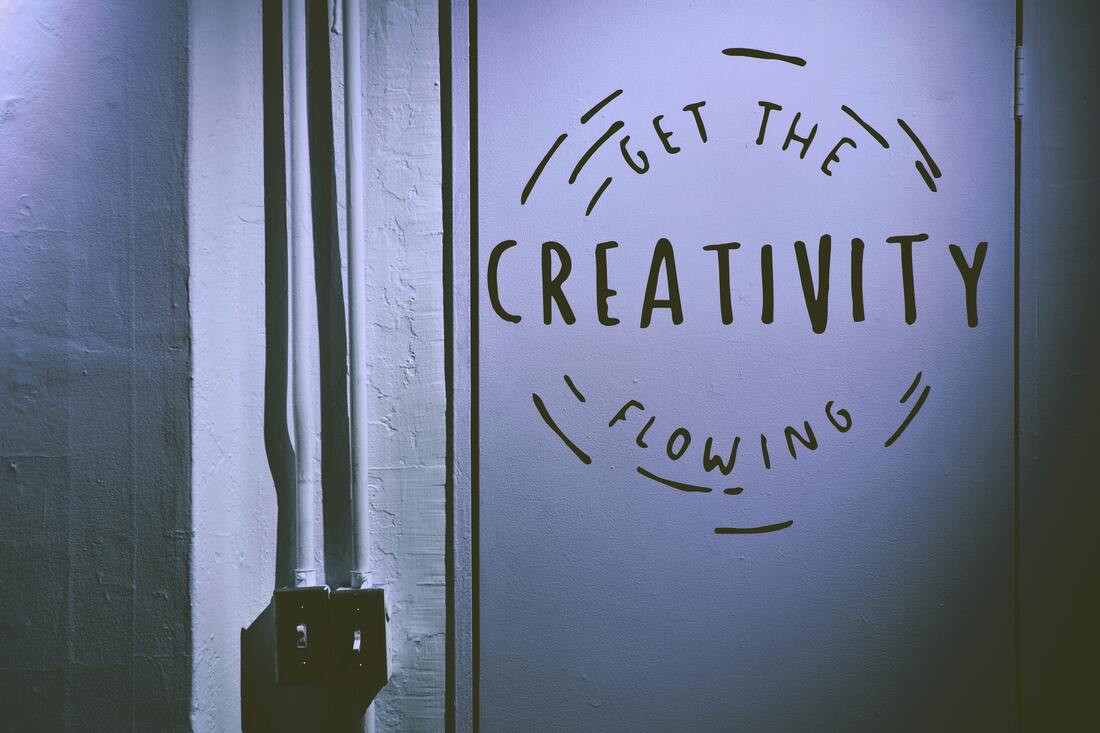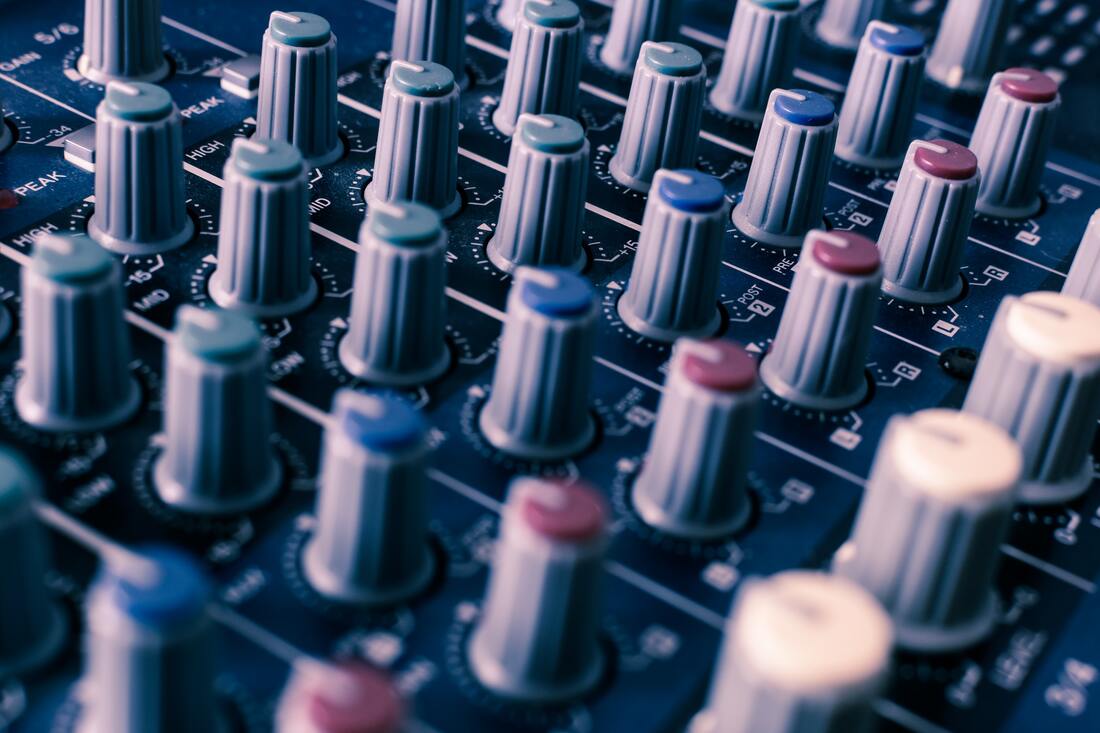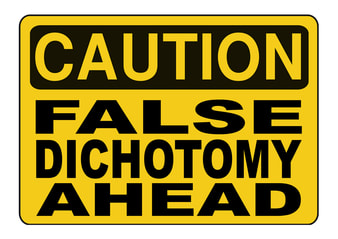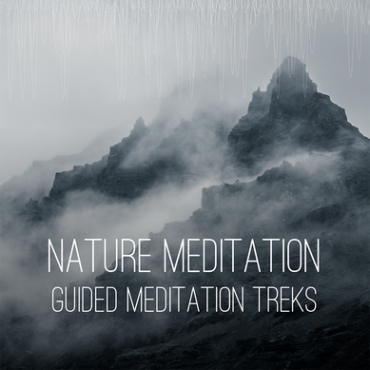Changing Brain Frequencies

Through the use of tools like the EEG, scientists have generally come to the conclusion that there are four basic brainwave states, and each one correlates to a different state of mind. For example, when a person is in deep sleep, the EEG shows that their brainwaves are generally in the delta state. This changes to Theta when the person is dreaming or is very relaxed. A person in normal waking consciousness, for example, at work at their day job, will generally show brainwaves in the Beta state because they are “focused” on their daily work.
At the heart of binaural beats is the concept that listening to them will “override” your brain frequency and move it to match the one programmed in the binaural beats. This means that a person who is in a “beta” state can listen to binaural beats in the “theta” range and it will cause them to move into a more relaxed state of mind. Similarly, listening to delta waves can put a person to sleep. This concept is called “brainwave entrainment” and it provides a mathematical hypothesis behind all of the perceived health benefits behind binaural beats. To determine if this concept is scientifically viable, such studies involve hooking a person up to an EEG monitor and measuring their brainwave frequencies before, during, and after the application of binaural beats to check if the binaural beats actually changed the EEG patterns.
This concept is supported by multiple studies. Gao et al (5) showed that the brain’s measurements of theta and alpha increased while beta decreased when exposed to delta and alpha binaural beats. Conversely, beta decreased when exposed to theta, while theta decreased while exposed to beta, thus supporting the concept of brainwave entrainment.
Similarly, Kasprzak (6) showed that “the exposition of binaural beats brought about a follow-up effect, which means that a component frequency in the EEG signal morphology was observed which corresponds with a frequency of the exposed binaural beats…” Foster (7) reported that “9 of the 15 subjects with both binaural beats and feedback reported being able to control alpha production via their focus on the alpha binaural beats. The data suggest the possibility that binaural beats can be used to evoke specific cortical potentials through a frequency-following response.” Yin et al (8) observed that “most (neuron) cells respond in a phase-locked manner up to beat frequencies of 10 Hz, (and) there are some cells that will phase lock up to 80 Hz.” On et al (9) observed that “binaural beat affected on delta and theta brainwaves.”
Theta: Relaxation and Meditation
This is a common use for binaural beats, and it has much support in terms of scientific efficacy. Several studies support the efficacy of binaural beats for relaxation through theta frequencies. A study from Jirakittayakorn et al (3) shows that “theta activity was induced in the entire cortex within 10 min of exposure” of theta binaural beats (compared to the control). “The pattern recorded… appears to be brain functions of a meditative state… Thus, a 6-Hz binaural beat on a 250 carrier tone was suggested as a stimulus for inducing a meditative state.”
McConnell et al (22) discovered that “As compared to the placebo visit, the binaural-beat visit resulted in greater self-reported relaxation, increased parasympathetic activation and increased sympathetic withdrawal.” Similarly, Lim et al (21) determined that binaural beats combined with a mechanical message had more positive effects on mental fatigue and cognitive function than a mechanical massage alone.
Brady et al (4) used “3 20-minute sessions of binaural-beat sound stimulation protocol designed to enhance theta brainwave activity” and this “resulted in a significant increase in percent theta for 5 of 6 participants.”
Beta: Improving Attention
Beauchene et al (23) “found that listening to 15Hz binaural beats during a visuospatial working memory task not only increased the response accuracy, but also modified the strengths of the cortical networks during the task. The three auditory controls conditions and the 5Hz and 10Hz binaural beats all decreased accuracy. Based on graphical network analyses, the cortical activity during 15Hz binaural beats produced networks characteristic of high information transfer with consistent connection strengths throughout the visuospatial working memory task.” A followup by the same group (24) “determined that listening to 15Hz binaural beats during an N-Back working memory task increase the individual participant’s accuracy, modulated the cortical frequency response, and changed the cortical network connection strengths during the task,” concluding that “Listening to 15 Hz binaural beats during the N-back task… produced networks characterized by higher information transfer as compared to other auditory stimulation conditions.”
Garcia-Argibay et al (26) showed that “Exposure to beta-frequency binaural beats yielded a greater proportion of correctly recalled words and a higher sensitivity index in recognition tasks, while theta-frequency binaural-beat presentation lessened the number of correctly remembered words ant he sensitivity index.” So, indeed, it’s all about the frequency!
Delta: Improving Sleep
Alpha: Creativity & Multitasking
Treating Anxiety
Treating Pain
Peng et al (28) found that “the attention modulation of pain perception, i.e., the influence on the sensory and affective dimensions of pain experience, could be mediated by changed of alpha rhythms.” Zampi (29) had similar positive effects using theta frequencies, and concluded that “a daily 20-minute treatment for 14 days” of theta “support the hypothesis that external audio protocol of theta-binaural beats is effective at reducing perceived change in pain severity.”
Li et al (42) and Arendsen (43) seem to indicate that the perception of pain decreases when the brain is in the Alpha state, but that perception of pain actually increases in the higher frequencies (Gamma, above 30 Hz). These revelations about pain being associated with brainwave frequencies were also supported by Nickel et al (44) who noticed that when a subject was exposed to a painful stimulus, their Alpha and Beta waves decreased while their gamma waves increased in the media prefrontal cortex. May et al (45) noticed that alpha waves were decreased when subjects were exposed to a painful laser stimuli as well.
A meta-analysis by Garcia-Argibay (46) reviewed 22 different studies related to binaural beats and pain, and found that “binaural-beat exposure is an effective way to affect cognition over and above reducing anxiety levels and the perception of pain.”
Other Uses
The Limits of Binaural Beats Science
Another limitation can be seen in the carrier frequency. Perrott et al (33) found that “the upper limits for rotating tones and binaural beats were estimated to be 1170 and 1255 Hz, respectively,” though I’ve personally found the effects to drop off a much lower frequencies. Groen (39) found “an optimum audibility in the range from 90 to 800 (Hz), less clear from 850 to 1100 (Hz), audibility falling rapidly beyond 1100 to 1400 (Hz), and disappearance at 1500 (Hz).
Tobias (38) found differences between men and women, noting that “very regularly the highest frequency at which the binaural beat threshold approaches the Bekesy audiometric threshold is about 200 Hz lower in women than in men,” but this does not speak to the effectiveness of the binaural beats, only the ability of men versus women to notice the sound. Reedijk et al (40) also found differing results suggesting “that binaural beats, and possibly other forms of cognitive entrainment, are not suited for a one-size-fits-all approach, and that individual cognitive-control systems need to be taken into account when studying cognitive enhancement methods.
Footnotes
2 Dr. Gerald Oster. Auditory Beats in the Brain Scientific American
Vol. 229, No. 4 (October 1973), pp. 94-103 (10 pages)
3 Nantawachara Jirakittayakorn & Yodchanan Wong-sawat: Brain Responses to a 6-Hz Binaural Beat: Effects on General Theta Rhythm and Frontal Midline Theta Activity
4 Brian Brady & Larry Stevens: Binaural-Beat Induced Theta EEG Activity and Hypnotic Susceptibility
5 Gao et al: Analysis of EEG activity in response to binaural beats with different frequencies
6 C. Kasprzak: Influence of Binaural Beats on EEG Signal
7 Dale S. Foster: EEG and Subjective Correlates of Alpha-Frequency Binaural-Beat Stimulation Combined with Alpha Biofeedback
8 T. C. Yin, and S. Kuwada: Binaural interaction in low-frequency neurons in inferior colliculus of the cat. III. Effects of changing frequency
9 On et al: Binaural beat effect on brainwaves based on EEG
10 Colzato et al: More attentional focusing through binaural beats: evidence from the global–local task
11 Robert O Sornson: Using Binaural Beats to Enhance Attention: Hemi-Sync Journal, 1999
12 Kennel et al: Pilot Feasibility Study of Binaural Auditory Beats for Reducing Symptoms of Inattention in Children and Adolescents with Attention-Deficit/Hyperactivity Disorder
13 Lane Et al: Binaural Auditory Beats Affect Vigilance Performance and Mood
14 Abeln et al: Brainwave entrainment for better sleep and post-sleep state of young elite soccer players – A pilot study.
15 Jirakittayakorn et al: A Novel Insight of Effects of a 3-Hz Binaural Beat on Sleep Stages During Sleep
16 Isik et al: Effectiveness of binaural beats in reducing preoperative dental anxiety
17 Le Scouarnec et al: Use of Binaural Beat Tapes for Treatment of Anxiety: A Pilot Study of Tape Preference and Outcomes
18 Wahbeh et al: Binaural Beat Technology in Humans: A Pilot Study to Assess Psychologic and Physiologic Effects
19 Padmanabhan et al: A prospective, randomized, controlled study examining binaural beat audio and pre-operative anxiety in patients undergoing general anaesthesia for day case surgery.
20 Robert W Wray: Isochronic Tones in the Schumann Resonance Frequency for the Treatment of Anxiety: A Descriptive Exploratory Study.
21 Lim et al: The effects on mental fatigue and the cognitive function of mechanical massage and binaural beats (brain massage) provided by massage chairs
22 McConnell et al: Auditory driving of the autonomic nervous system: Listening to theta-frequency binaural beats post-exercise increases parasympathetic activation and sympathetic withdrawal
23 Beauchene et al: The Effect of Binaural Beats on Visuospatial Working Memory and Cortical Connectivity
24 Beauchene et al: The effect of binaural beats on verbal working memory and cortical connectivity
25 Janice Colleen McMurray: Binaural beats enhance alpha wave activity, memory, and attention in healthy-aging seniors
26 Garcia-Argibay et al: Binaural auditory beats affect long-term memory
27 Kraus et al: The Effect of Binaural beats on Working Memory Capacity
28 Peng et al: Subjective pain perception mediated by alpha rhythms
29 Donna D Zampi: Efficacy of Theta-Binaural Beats for the Treatment of Chronic Pain
30 Sewack et al: Relapse prevention: Using sound to reduce the probability of recidivism and suffering following detoxification
31 Ben et al: Tinntrain: A multifactorial treatment for tinnitus using binaural beats
32 Carter: Healthcare Performance and the Effects of the Binaural Beats on Human Blood Pressure and Heart Rate
33 Perrott et al: Rotating tones and binaural beats
34 Vernon et al: Tracking EEG changes in response to alpha and beta binaural beats
35 López et al: Binaural Beat: A Failure to Enhance EEG Power and Emotional Arousal
36 Goodin et al: A High Density EEG Investigation into Steady State Binaural Beat Stimulation
37 Ala et al: Cumulative Effects of theta binaural beats on brain power and functional connectivity
38 Jerry V Tobias: Consistency of Sex Differences in Binaural-Beat Perception
39 J. J. Groen: Super- and Subliminal Binaural Beats
40 Reedijk et al: The impact of binaural beats on creativity
41 Calomeni et al: Modulatory Effect of Association of Brain Stimulation by Light and Binaural Beats in Specific Brain Waves
42 Li et al: Changes of gamma-band oscillatory activity to tonic muscle pain
43 Arendsen et al: Transcranial Alternative Current Stimulation at Alpha Frequency Reduces Pain when the intensity of pain is uncertain
44 Nickel et al: Brain oscillations differentially encode noxious stimulus intensity and pain intensity
45 May et al: Pre- and post-stimulus alpha activity shows differential modulation with spatial attention during the processing of pain
46: Garcia-Argibay et al: Efficacy of binaural auditory beats in cognition, anxiety, and pain perception: a meta-analysis

